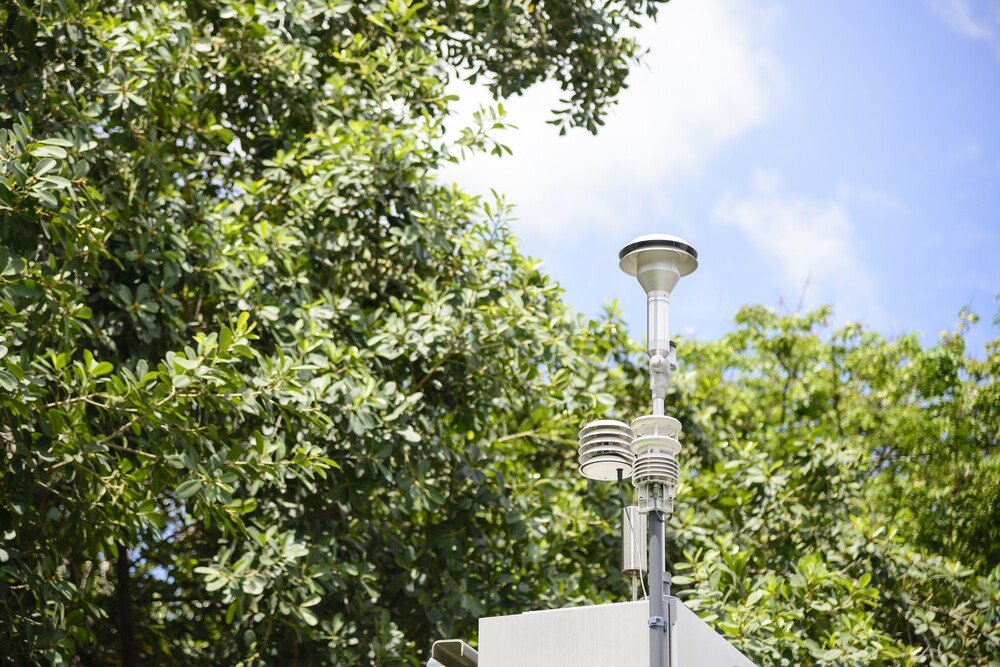
Our Sustainable Community Development Model
-
Our Sustainable Community Development Model -
Core Principles
-

Sustainability
Sustainability is the deliberate planning, design, and management of our natural and built environments, ensuring long-term ecological balance. This includes reforestation efforts, renewable energy integration, composting programs, and regenerative urban planning that prioritizes conservation, preservation, and equity.
-

Environmental Justice
Environmental Justice addresses systemic inequalities in how environmental burdens and benefits are distributed. Historically marginalized communities—especially Black, Indigenous, and people of color—face the harshest impacts of climate change, pollution, and disinvestment. Our work ensures these communities receive the resources, legal protections, and agency needed to shape their own resilient futures.
-

Sustainable Community Development
Sustainable Community Development is a holistic, community-led approach that integrates responsible land use, energy, housing, transportation, food systems, and economic development. Our development practices ensure that communities maintain long-term sustainability and self-determination while actively participating in decision-making processes.
-

A Just Transition
A Just Transition shifts us from an extractive economy to a regenerative one—where people and ecosystems thrive together. This means moving away from industries exploiting labor and land and toward equitable, community-driven solutions prioritizing climate resilience, resource sharing, and sustainable livelihoods.
-

Regenerative Design
Regenerative Design, which goes beyond sustainability by actively restoring and revitalizing ecosystems, communities, and economies. Unlike conventional sustainability, which aims to reduce harm, regenerative design ensures that every project—whether it’s housing, food systems, or infrastructure—contributes to the healing and thriving of both people and the planet.
-

Self-Determination & Collective Ownership
True sustainability is impossible without self-determination and collective ownership—where the people most impacted by decisions have power over their land, economy, and future. We believe communities should control the spaces they live in, work in, and rely on, rather than being subjected to external forces that drive displacement and disinvestment.
Tangible Applications
How We Plan, Build, and Operate
-

Community Gardens
Hubs for growing culturally relevant food, fostering food sovereignty, and reclaiming local food systems. These spaces serve as vital gathering places for education, cultural exchange, and intergenerational knowledge-sharing about sustainable agriculture.
-

Local Markets
Connecting local growers with residents to increase access to fresh, organic food. By shortening the food supply chain, these markets create economic opportunities for small-scale farmers while promoting nutritious, locally sourced diets.
-

Green Workforce Development
Training the next generation of sustainability leaders through hands-on skill-building in urban agriculture, renewable energy, and green infrastructure. By partnering with local organizations, we create pathways to living-wage jobs while fostering environmental stewardship. Our programs equip residents with the tools to lead the transition to a more resilient and just economy.
-

Affordable, Weatherized Housing
Using local, renewable materials to ceate climate-resilient homes that support energy efficiency and affordability. Prioritizing passive design strategies and natural insulation reduces energy costs and enhances comfort for residents.
-

Full Tree Canopies
Increasing urban tree cover will provide cooling, absorb pollution, and enhance biodiversity. Expanding green corridors improves public health, mitigates urban heat islands, and strengthens local ecosystems.
-

Rainwater Catchment
Capturing and reusing water for urban agriculture and green spaces. Implementing these systems helps reduce pressure on aging municipal infrastructure while ensuring water access in underserved areas.
-

Community Desalination Systems
Providing equitable access to clean water in drought-prone areas. These decentralized, community-run systems prioritize resilience in regions where climate change threatens freshwater availability.
-
Air Quality Monitoring
Empowering communities with data to advocate for cleaner air. By tracking pollution levels in real time, residents can push for policy changes and hold polluters accountable.
-

Soil Remediation
Natural methods like phytoremediation (using the roots of living plants to extract hazardous contaminants) can be used to restore contaminated land for safe, productive use. These efforts transform neglected spaces into fertile ground for community gardens, green infrastructure, and local food production.
-

Community Solar & Wind System
Providing locally generated, clean energy to reduce reliance on fossil fuels and lower costs. These projects keep energy dollars circulating within communities, increasing economic resilience and reducing energy poverty.
-

Walkable & Bikeable Mixed-Use Corridors
Creating pedestrian-friendly streets that blend housing, retail, and green spaces for thriving neighborhoods. Encouraging active transportation lowers emissions and fosters vibrant, people-centered communities where local businesses can thrive.
-

Transit Equity
Transportation impacts extend far beyond pollution, shaping access to opportunities, neighborhood design, and economic mobility. Many perceive public transit as an "inferior good," leading to underinvestment and inadequate service, reinforcing disparities. Through education, advocacy, and strategic engagement with state and local stakeholders, we aim to shift perceptions, secure sustainable funding, and push for equitable transit policies that serve all communities.
Land Stewardship for Sustainable Development
-

Community Land Trusts (CLTs)
Protecting land from speculative development and ensuring long-term community benefit.
-

Land Banks
Repurposing unbuilt, abandoned, and tax-delinquent properties into community assets.
-

Municipality-Owned Land & Conservation Easements
Securing legal protections for land dedicated to public green spaces and environmental preservation.
-

Vacant & Neglected Land Activation
Transforming underutilized land into gardens, parks, and cultural spaces.
-

Private Land Partnerships
Engaging landowners in sustainable development agreements that align with community goals.

